
I can still remember the day I went to the Land Transportation Office in Pampanga for my Philippine driver’s license.
I took a seat, opened the folder on my desk, and saw an already-filled-out questionnaire. I went up to the facilitator to ask if he might have mistakenly put the answer sheet in my folder. With a straight face, he told me: “Okay na yan. Pasado ka na. Kunin mo na yung lisensya mo dun sa next counter.”
I thought there was also going to be a manual driving test, but they did not even make me take that anymore. Maybe it was a busy day at the office, I thought. I left the LTO wondering how many more drivers out there also got answered questionnaires. Did those drivers even bother to take hours of lessons before they applied for a license? Did they also have someone like my father who strategically positioned pots in our garden to aid in parking? I was an excited first-time driver back then, so I did not dare question the system. But now that I know better, it angers me how lives are put in danger in my home country because of this inefficiency.
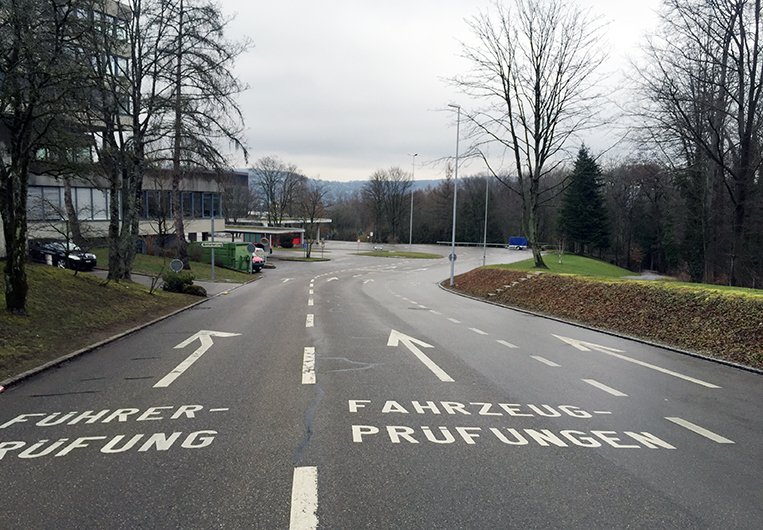
They say that when you know how to drive in the Philippines, you can already drive anywhere else in the world.
False. When I moved to Switzerland, I had a really hard time adjusting to their brand of driving. Drivers in Europe are heavily dependent on road signs and road markings. Cutting lanes and honking are very rare. There are cameras that take your picture when you go over the speed limit, and the authorities change the location of these cameras every now and then so you don’t get to outwit them. When a camera catches you, you are sent a photo of the very moment you violated a traffic rule via mail, and then you have to pay the indicated fine.
First-time drivers in Switzerland need to pass the written theory test first before obtaining a probationary license, which may then be used while practicing for their manual driving exam.
Since I already had a license from my home country, they allowed me to skip the theory test. My instructor called this a “gift” of the Strassenverkehrsamt (their LTO) because I didn’t have to pay extra for theory books and first-aid lessons on top of the driving lessons. I was advised to study how to perform cardiopulmonary resuscitation because, apparently, every driver in Switzerland must know how to perform it.
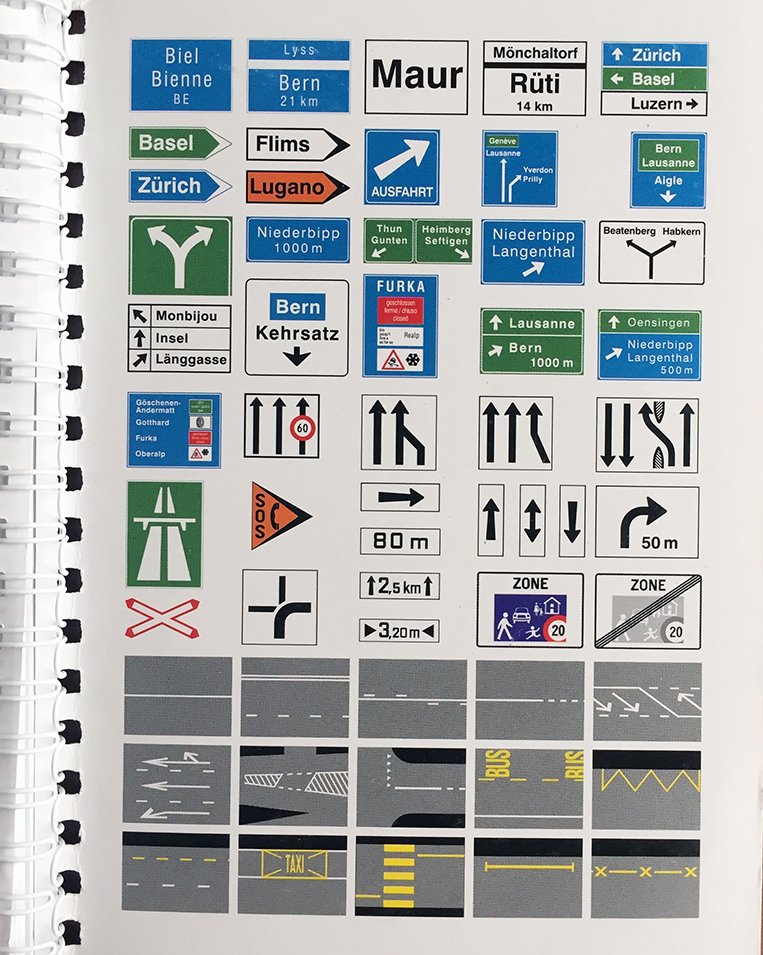
Before I could request for a test date, I had to go to an eye doctor for my eye exam. I would not be able to secure a test date if I hadn’t passed that exam. They would tell me if I needed eyeglasses before I could drive around.
The average package for driving lessons here is 10 hours for 900CHF (P47,200) plus 150CHF (P7,900) as insurance fee. That’s on top of the 250CHF (P13,100) that you have to pay when you pass the exam. That amount covers the examiner’s time and the license card.
I had to take additional lessons because when my instructor saw how I drove, he immediately told me that I needed to learn so much more. I was stepping on the brake a lot because I was used to the defensive way of driving in Manila where people just cross the street without looking. Here, drivers and even pedestrians observe and respect whoever has the right of way.
For 15 days, I drove around with my instructor Costa for an hour each day. He taught me how to determine who had the right of way in complicated streets; how to filter along tram and bus lines; how to turn off the engine while waiting at the train crossing; and how to keep driving straight even when the examiner did not aid me with directions and only told me the name of my supposed destination.
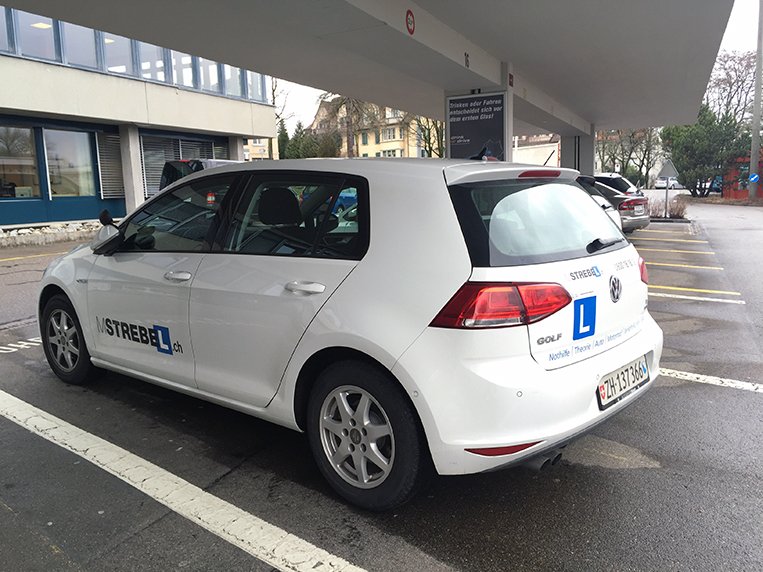
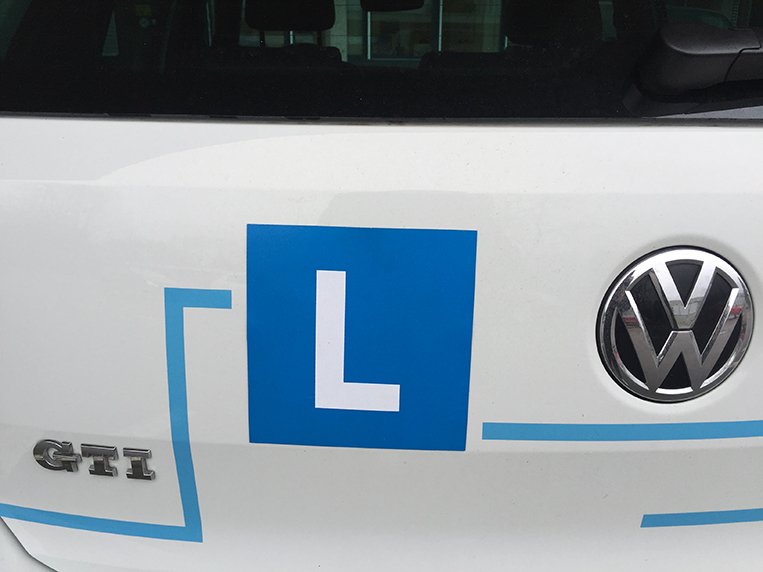
Come test day, I arrived with my instructor at the parking lot assigned to me at the Strassenverkehrsamt. The Swiss examiner met me at exactly 2pm. He told me that he would be speaking in German, but that if I didn’t understand anything, I could ask him to repeat it in English. The German language alone was enough to make me feel really nervous. He said I would be driving with him around the city for about 30 to 45 minutes.
First, we went to where the trams were. He did not tell me, but I’m guessing he wanted to test if I knew how to read the road markings. There were lines where I may not overtake the trams and the buses, and lines that I could filter in when turning left or right.
And then we headed toward one of the busiest intersections in Zurich. He wanted to find out if I knew who had the right of way given that the cars were coming in from different directions.
Next, we went toward a roundabout, and he just told me that we were going to take the third exit. He wanted to see if I would drive through the inner lane and put the indicator at the right time just before my exit.
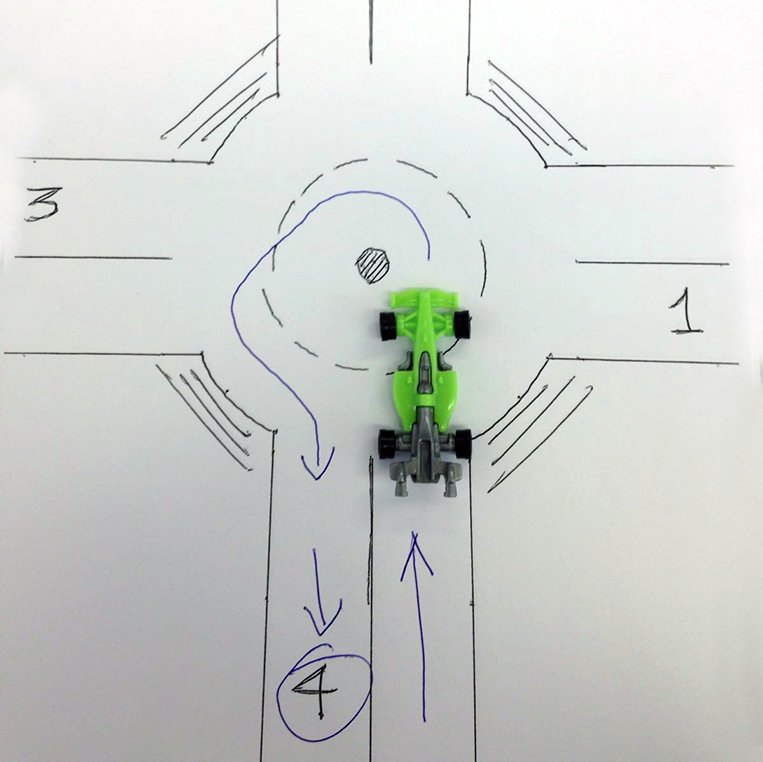
He also directed me toward the train intersection. I knew that when the red lights were blinking, I had to turn off my engine while I waited for the train to pass. I was told that if I restarted my engine when the red lights were still blinking, I would automatically fail the exam, and so I took my time and made sure that the lights were gone before doing so.
The toughest part was when we drove up and down the steep mountain. I’m guessing he wanted to determine whether I would let go of the brakes and step on the gas at the right moment as I turned, all the while maintaining the indicated speed. He also tricked me by leading me to a dead-end road, but I remembered what my instructor had told me, that if I saw the dead-end road sign, I must turn left or right (depending on which street was open) even without the examiner saying so.
This is why my instructor made me memorize all of the road signs before allowing me to take the exam. I had to be able to recognize each sign even from afar.
Lastly, the examiner made me drive up to 60km/h and instructed me to perform emergency braking as soon as he signaled his hand and ordered, “Halt!” He wanted to test if I was going to apply full force on the brakes and not let go even if the ABS system kicked in and the car shook.
The last part of the exam was parking. He made me do a parallel-parking maneuver. He told me I could choose any spot within the area. I chose to park behind the car with the same length as mine so that it would be easier to measure while I backed up and parked.
He then asked me to get out of the slot, and instructed me to park in reverse in between two other cars. That was the last test, and after explaining to me that he thought I drove safely but was kind of slow in some parts, he shook my hand and said: “Congratulations, you have successfully passed the exam!”
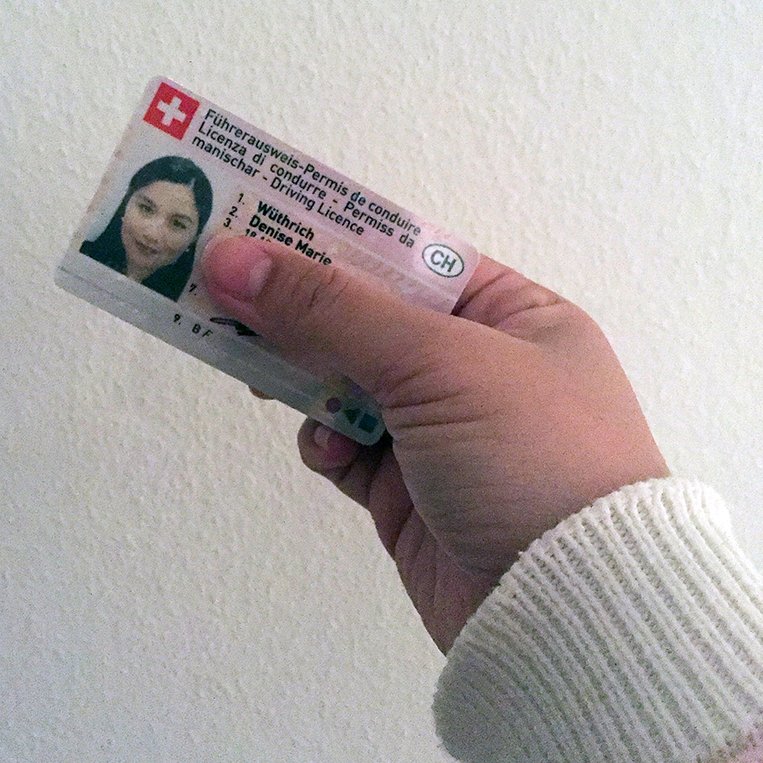

I was so happy to hear those words. I had been practicing with my husband and mother-in-law around the city for weeks, and all of our combined efforts paid off.
Swiss licenses do not have to be renewed. They’re valid for a lifetime, but the authorities have a point system for violations. When you’ve accumulated the maximum number of violations, they will confiscate or even terminate your license. I am hoping to hold on to mine forever, because it was so difficult to get it in the first place.
And that’s why motorists in Switzerland drive responsibly and safely. I wish licenses in the Philippines were as hard to get.


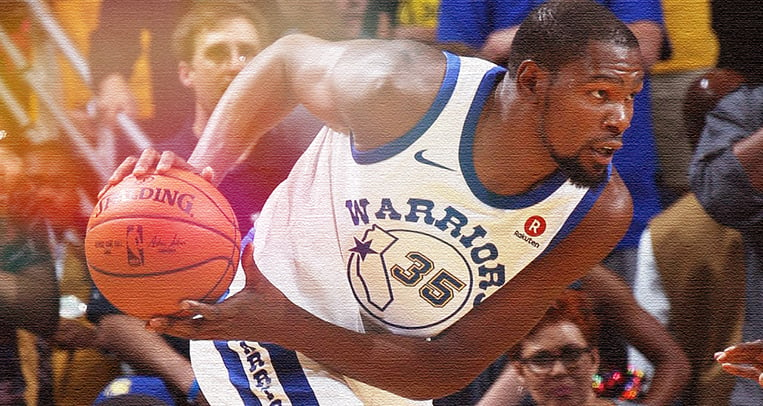


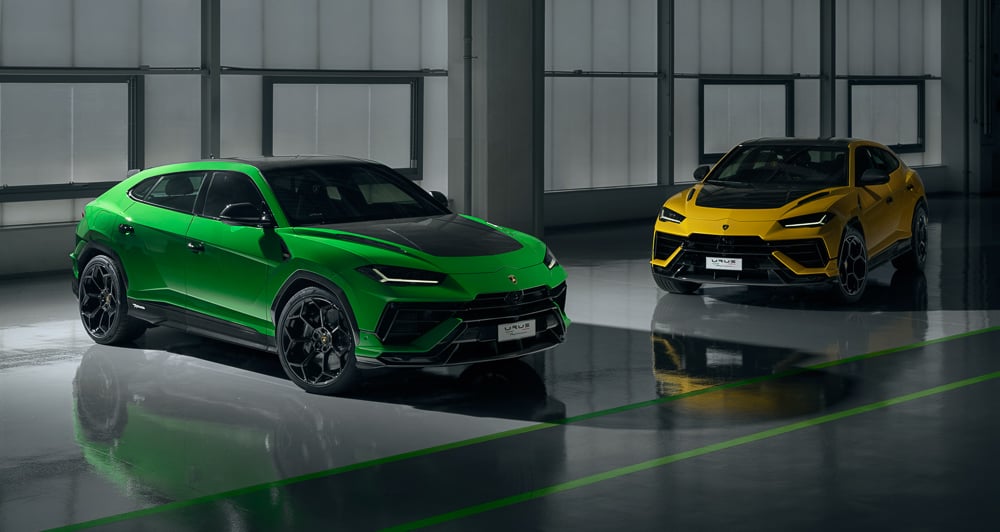


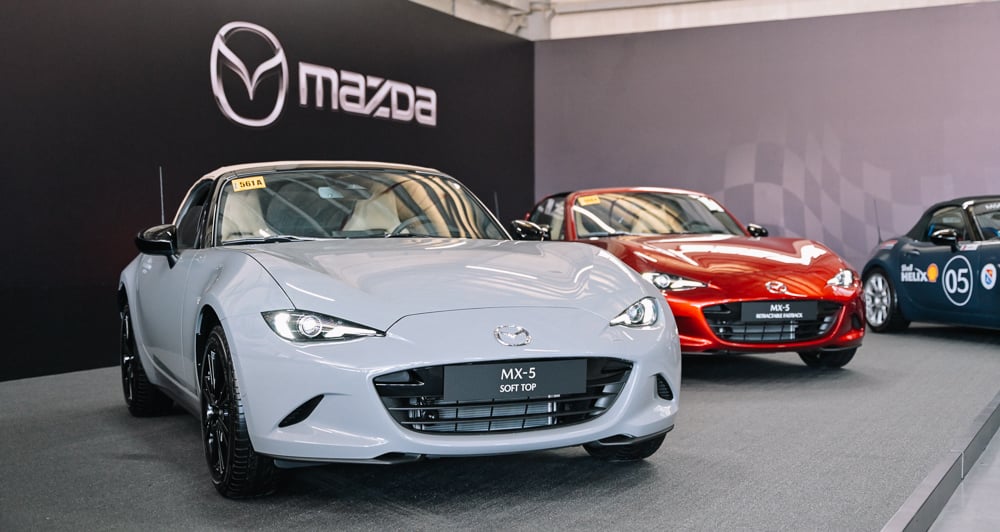
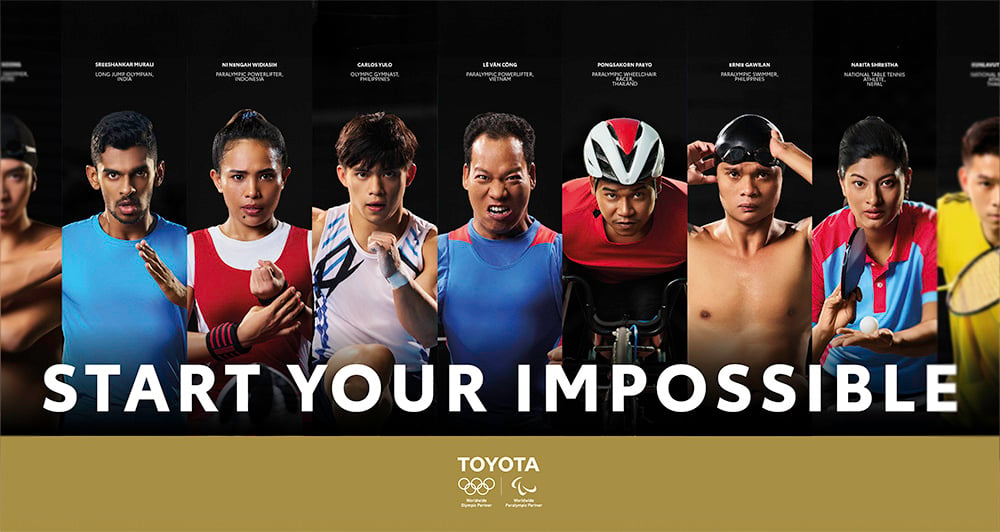

Comments